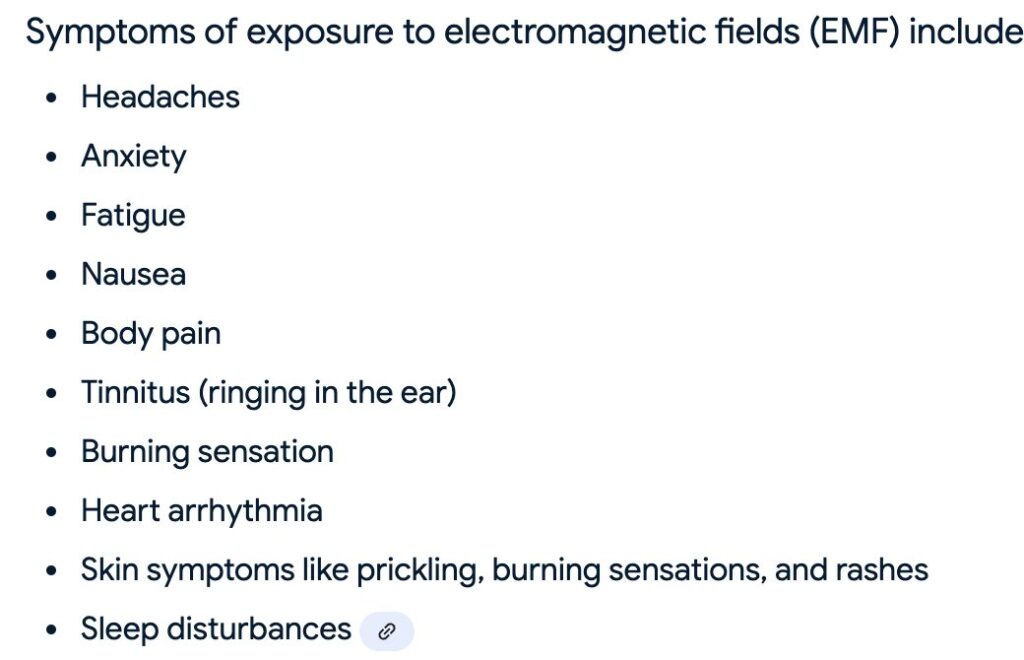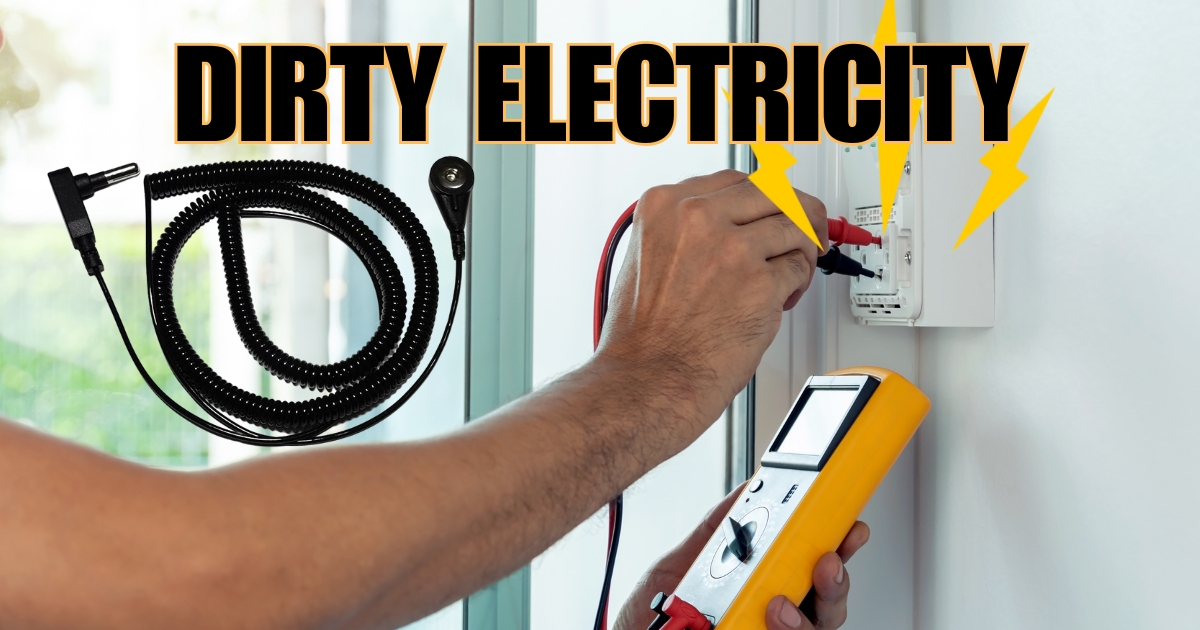1. Electrical Outlets and Assumed Safety
• Claim: “Grounding from outlets are completely safe.”
• Rebuttal: It is unsafe to assume that ALL electrical outlets are correctly wired or safe for human grounding. Faulty wiring, improper grounding, or aged electrical systems can introduce significant risks, including electrical shock or exposure to stray currents (a.k.a. dirty electricity). Electrical outlets should only be used for grounding after thorough verification by a licensed electrician or by you that your outlets are properly grounded without stray electrical currents in the ground wire. The 3-light outlet checker is insufficient for outlet verification because a significant number of improperly wired outlets are missed. Roy Cooke is a former Master Electrician and states at least 50% of homes he inspected had electrical flaws that would make the use of the outlet for human grounding unsafe.

2. Dirty Electricity and Grounding Products
• Claim: “Grounding prevents dirty electricity from entering your body, as was demonstrated in a well-designed study by Sokal and Sokal in 2012.”
• Rebuttal: The referenced study (Sokal and Sokal, 2012) did not test the prevention of “dirty electricity” entry into the body. The study examined changes in bioelectrical potentials during grounding in controlled conditions (e.g., Faraday’s cage) but did not analyze the interaction between grounding and high-frequency electrical noise in real-world situations. Sokal and Sokal demonstrated that grounding decreased the body’s electrical potential to less than -200 mV. The assertion that human grounding prevents “dirty electricity” from penetrating the body is unsupported by this research or any research. Instead, the study focused on bioelectrical processes related to static potentials, not dynamic electrical noise.
There are claims that grounding cords with 100K Ohm resistors prevent dirty electricity and harmful currents from entering the human body. A resistor may limit current flow, but it does not guarantee complete safety. For example, grounding through an outlet could still expose the user to improperly filtered currents or high-frequency noise from the electrical system. Testing the effectiveness of such resistors under various conditions is necessary.
On a 120V circuit, the 100K Ohm resistor limits current flow to a maximum of 1.2 mA (V=IR). While 1.2 mA is safe in terms of preventing harmful or lethal electrocution, 1.2 mA is enough to cause other symptoms associated with EMF and electrical currents (see list below).

In the following video, I demonstrate that using an Earthing cord with a 100K Ohm Resistor allows the flow of stray currents when plugged into an electrical outlet that I have confirmed to be a good ground that meets local electrical codes. While these currents in the ground wire do not make me feel ill, imagine outlets that are not wired correctly, and these currents are 2-fold, 5-fold, or 10-fold higher. At which intensity will these stray currents make people ill when grounding with an outlet that has significant stray currents?
In the Earthing & Grounding Heals Group, I asked how many people experienced detox or herxing symptoms associated with earthing/grounding. 264 people took the poll as of 30 DEC 2024. 43% reported detox symptoms with outlet grounding vs. only 1% who reported detox symptoms with barefoot grounding. It is possible that the majority of the people in the Facebook Group grounded first with an outlet, and therefore, the numbers are skewed. However, the Facebook Group has over 46,000 thousand members. The majority in the group are barefoot earthers because grounding products are hundreds of dollars and are a high barrier of entry for many into grounding products.

3. Misleading Claims
• Claim: “There is no published evidence indicating that so-called ‘dirty electricity’ penetrates a grounded body.”
• Rebuttal: While “dirty electricity” may not directly penetrate the human body as a distinct entity, the presence of high-frequency electrical noise in wiring can induce currents in conductive objects via a process called capacitive coupling, including the human body, especially when connected to a ground with stray electrical currents. Properly designed experiments are required to validate the safety of grounding products in such environments. The absence of research does not prove or disprove safety or efficacy. There is definite scientific evidence that Earthing and Grounding are beneficial for health. On the other hand, there is evidence that stray currents in the human body may cause serious illnesses too.
4. Key Takeaways
1. Not All Homes Are Equal: The wiring and grounding in your home play a significant role in how effective Earthing/grounding devices will be. Older homes or poorly wired systems may introduce more stray electricity, also known as dirty electricity.
2. Test Your Setup: Investing in tools like a voltmeter and oscilloscope can help you measure the effectiveness of your grounding devices. Alternatively, hiring a professional can ensure your setup is safe.
3. Use a Proper Grounding Method: Whether you use a stake outside or a grounded electrical outlet, ensure that your mat or sheet is correctly grounded. When in doubt, opt for an outdoor grounding stake.
4. Be Wary of Unconnected Devices: Devices that aren’t properly grounded can act as capacitors for EMF, increasing exposure to harmful currents.
5. Consider Your Environment: The amount of dirty electricity in your home depends on various factors, including the number of electronic devices, wiring quality, and grounding effectiveness.
- I have used Earthing products for over 5 years and love them. I recommend the Earthing mattress cover under a 100% cotton sheet: https://tinyurl.com/5fa5b9ut
- I recommend grounding with an Earthing grounding rod with 40’ cable: https://bit.ly/3Zl0gOX


Leave a Reply